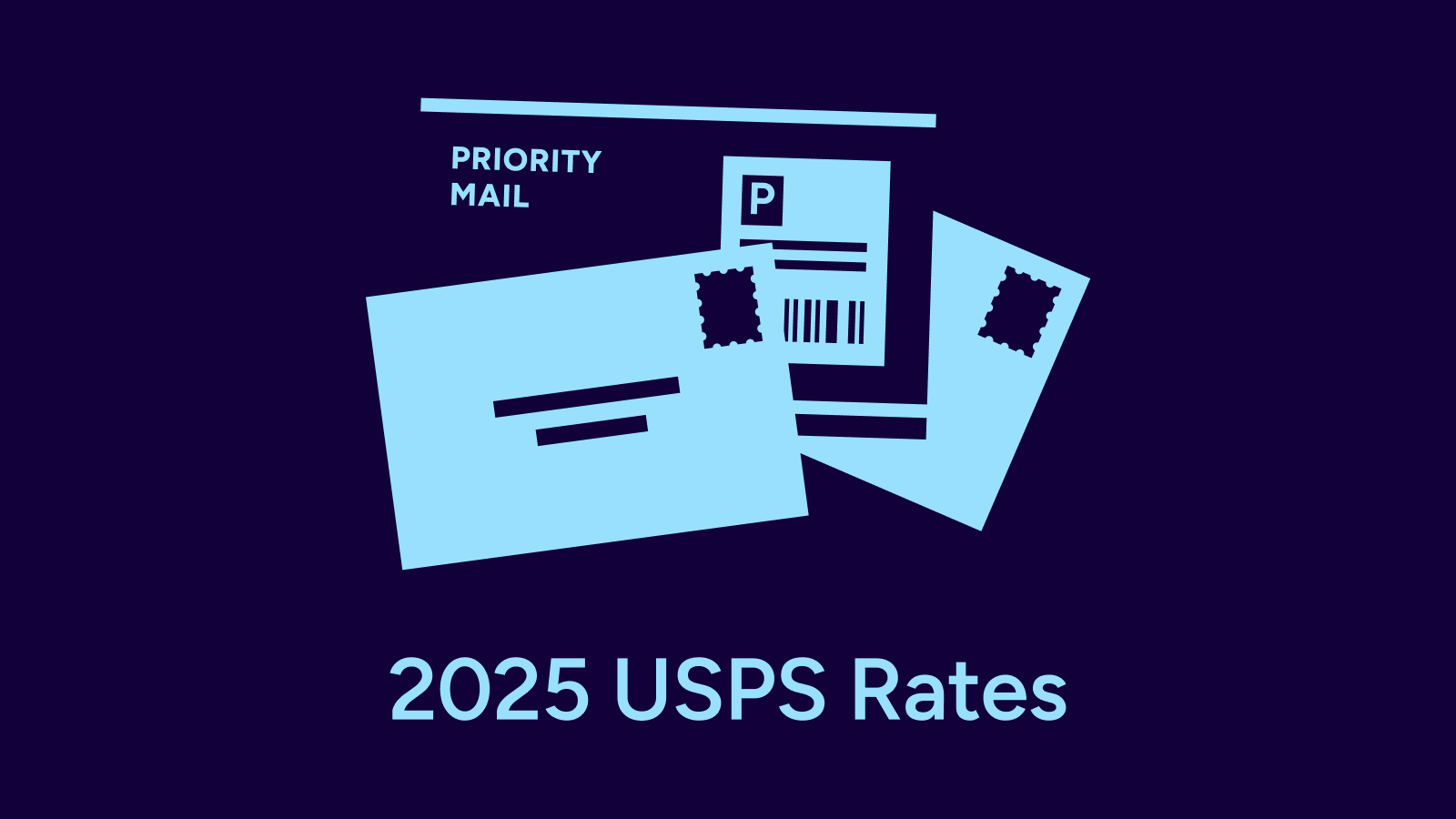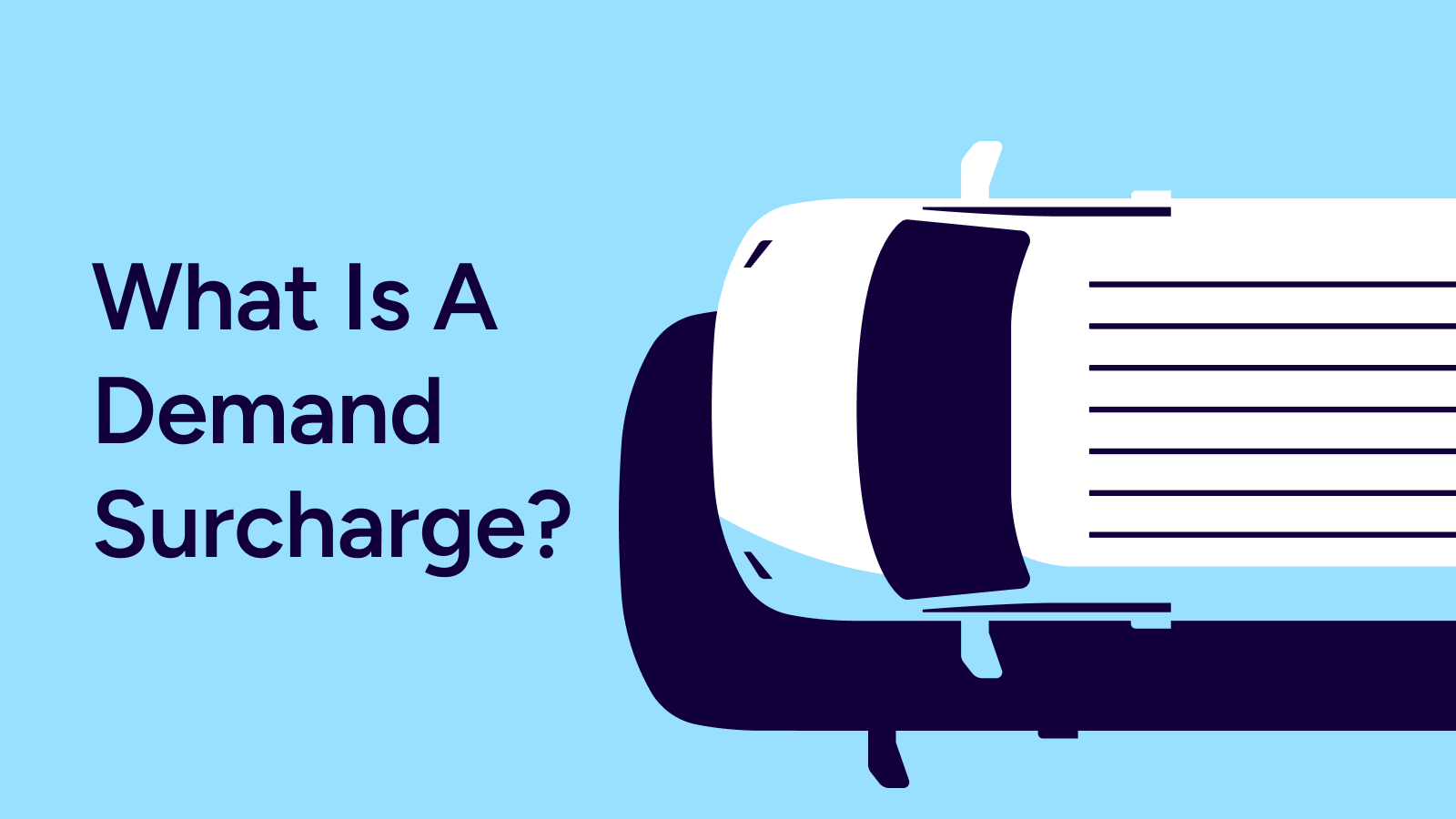Effective January 2, 2011, the USPS will be raising its rates for certain mail classes and shipping services by less than 4%. Carriers such as UPS and FedEx are also increasing prices by 4.9% and 5.9% respectively, leaving the USPS as the cost-effective leader for all your mailing and shipping needs. For customers who buy postage online, USPS Commercial Base pricing will see smaller rate increases in 2011 relative to USPS retail rates.
Priority Mail
Priority Mail retail prices will increase an average of 3.9% in 2011, and will incorporate two new envelopes: Legal Size and Padded. Retail rates are the rates that are paid if you purchase postage at the Post Office.
For the Commercial Base category—which applies to all Stamps.com customers and others who buy postage online— the increase will only be 3.2%.
If you qualify for Commercial Plus pricing, the average rate increase will only be 2%. Commercial Plus rates apply to high volume shippers that ship a certain number of packages a year. The threshold to qualify for Commercial Plus pricing will decrease from 100,000 Priority Mail parcel pieces to 75,000 parcel pieces, which may allow you to save on shipping costs relative to 2010 if this lower threshold allows you to meet the criteria for participation in 2011.
Express Mail
USPS retail rates for Express Mail will increase an average of 5% in 2011 (with the exception of the Retail Flat Rate Envelope, which will not change). Because Stamps.com customers qualify for Commercial Base pricing on shipping labels, there will be no increase for Express Mail rates printed using Stamps.com. In addition, Commercial Plus pricing will decrease by an average of 5%.
The number of Express Mail shipments needed to qualify as a Commercial Plus customer will decrease from 6,000 to 5,000 in 2011, so be sure to see if you can benefit from this program in 2011.
International Mail
The overall increase for Priority Mail International (PMI) will be 3.8%, with several new flat rate envelope offerings and seven new country groups.
Express Mail International (EMI) will increase by 3.1% and will introduce a new Legal Size Express Mail International Flat Rate Envelope and add seven new country groups to its pricing table.
Global Express Guaranteed (GXG) prices will rise by 3.7%.
At this time, there is no price increased scheduled for First Class Mail International, so it remains the most cost effective method to ship package overseas among all shipping carriers.
Stamps.com Automatically Reflects New Rates and Rate Discounts
Stamps.com makes it easy to prepare for the rate change by automatically applying these new prices starting on January 2, 2011. If you’re not sure which mail class will be the most affordable for your shipments once the new rates take effect, Stamps.com will show you the prices and estimated times of arrival for each mail class, making it easy for you to decide which to choose. Best of all, with Stamps.com you have access to Commercial Base pricing discounts to help reduce your shipping costs.


